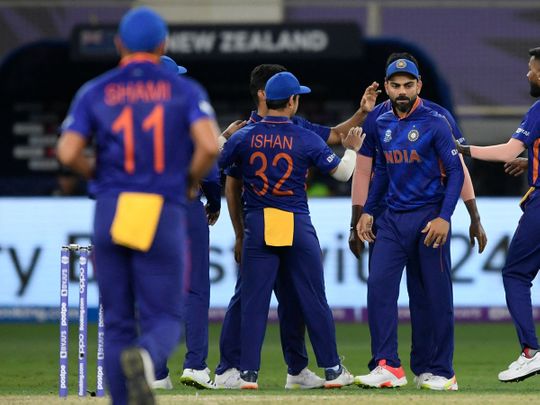
Dubai: Playing on Halloween night seemed to spook India who put in another abject display under the lights at the Dubai International Cricket Stadium. Skipper Virat Kohli said they were not brave enough with the bat and ball against New Zealand. That's the most obvious statement to make. He may as well have said the team bowled badly, batted badly and fielded badly.
But, it is not the time to pillory the team after two losses. In sport, every team or individual encounters defeat or disappointment every single day. But they always have a belief that they can alter that result, that is part and parcel of sport.
Here we look at five factors that caused the downfall of the Indian team and some areas of concern...
1. Team selection:
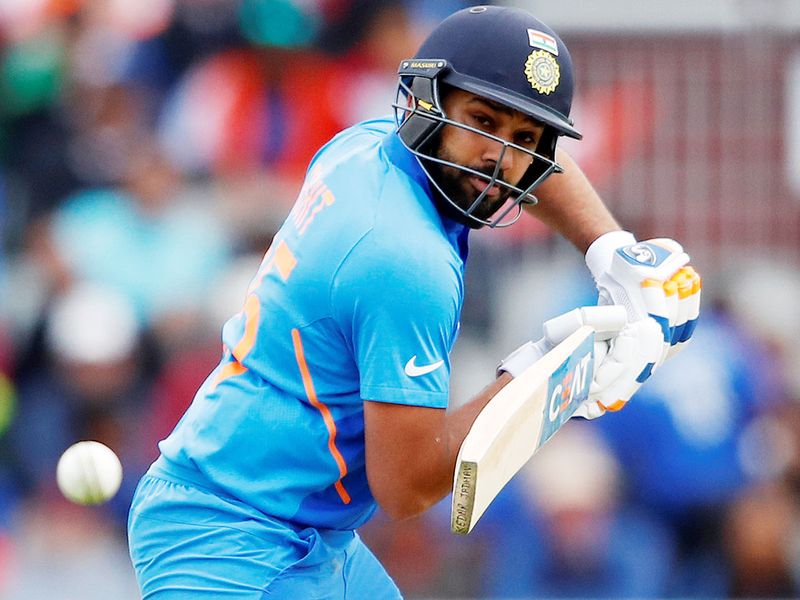
The Indian team selection was even more intriguing than their performance so far in the Twenty20 World Cup. The 15-member team had only three experienced batters in KL Rahul, Rohit Sharma and skipper Kohli, while the other specialist batter Suryakumar Yadav has only played four international matches before coming into the World Cup. It is a team filled with bowlers/bowling all-rounders. In both matches when the Indian team lost early wickets one can see wicketkeeper/batsman Rishabh Pant walking at the fall of the third wicket. That shows how hollow the Indian batting is. The selection committee could have added Shreyas Iyer, who has the experience in the international arena, or Ruturaj Gaikwad/Venkatesh Iyer in the squad after their impressive performances in the just-concluded Indian Premier League in the UAE. Rahul Chahar and Varun Chakravarthy are bowlers of similar nature, still both were picked in the team and only one is playing in the XI, a slot waster there. The team also has five pace bowlers, certainly a luxury in UAE conditions.
2. Form of the batters picked for the World Cup:
The Indian Premier League in the UAE acted as an unofficial practice for the Indian team members for the Twenty20 World Cup as it gave them a chance to familiarise themselves with the conditions in the UAE. Of all these batters, Rahul’s record has been the most impressive. The oft saying form is temporary, but class is permanent holds true to most of these players. But when almost the entire batting line-up is not among the runs, that rubs off on the other members of the team as well and erodes the confidence of the entire team. So let’s look at the performances of these top eight batters in the UAE-leg of the IPL:
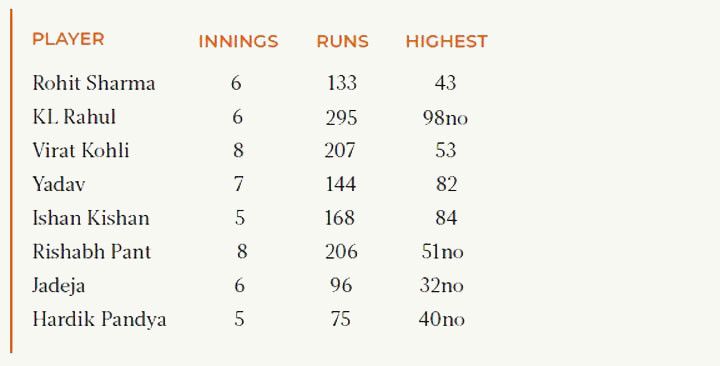
3. Kohli’s captaincy:
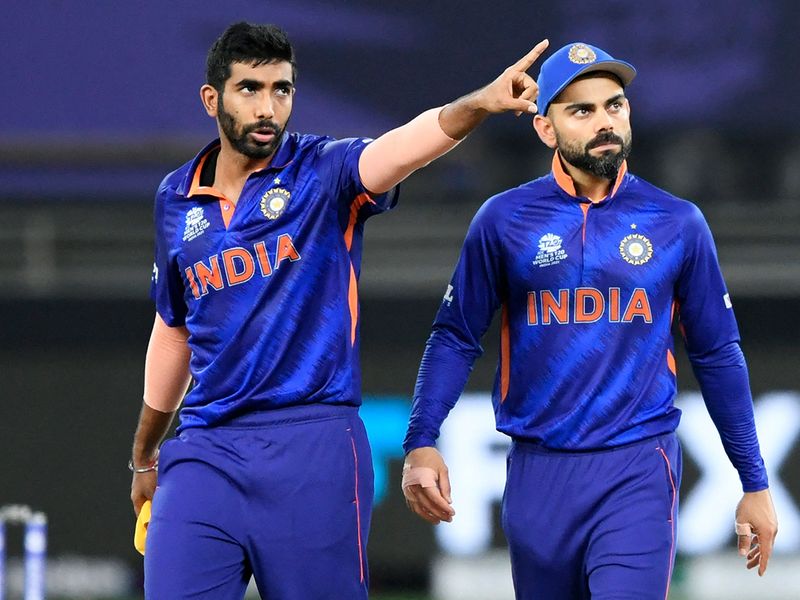
When Kohli said the team was not brave with the ball or bat, he failed to add his captaincy in that list. After making 110, it’s not rocket science that if India had to win, then they need to get the wickets. The field placing didn’t give the impression that it was the case. Instead, they were content in defending the score to push the inevitable further. If Kohli needs any inspiration he can look back at two instances, one when he was involved and the other in which the current head coach Ravi Shastri played a big part. In 2016 Twenty20 World Cup Super 10 game, New Zealand defended 126 and dismissed India to 79 with Mitchell Santner getting four wickets and Ish Sodhi three in Nagpur.
The second instance was not far from Dubai — in Sharjah — where the Indian team under Sunil Gavaskar defended 125 in the 1985 Rothmans Four-Nations Cup, in which Shastri claimed two wickets. Even the Indian bowlers lacked the guile that their opponents adopted. While New Zealand bowlers were taking the pace of the ball, Indian spinners were pushing it hard, which didn’t allow the ball to grip and turn. The only positive we could draw from pushing New Zealand to 14.3 overs is it will boost the Net Run Rate better than suffering an early loss.
4. Batting game plan and coach Rathour’s role
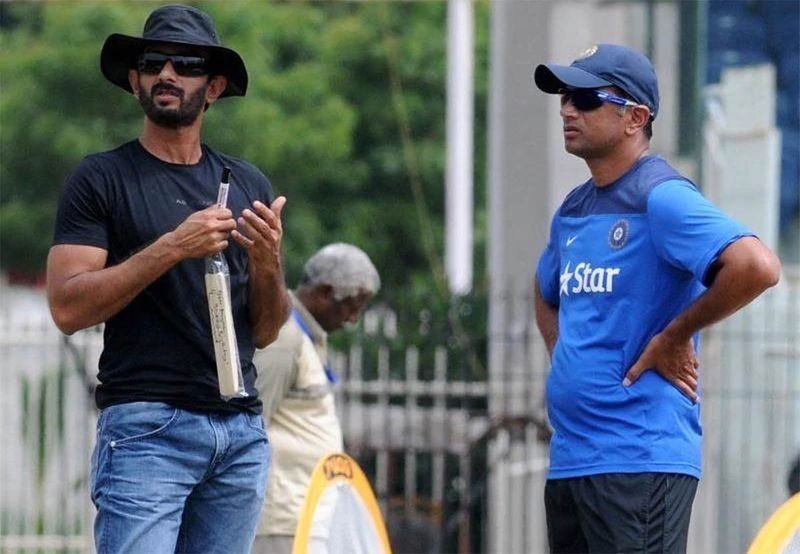
A curious look at the batting gave an impression that the batters did not have any game plan about their approach to the game. May be the lack of depth in batting played was playing on their minds. They either defended and after digging themselves in a hole, tried the aerial route to ease the pressure and succumbed in the process. Rotating the strike with singles and twos would have given the team a better score than they actually achieved. One of the reasons for most of the batters to be caught in the boundary line is because their shots lacked the power required to clear the distance as their bats turned at the time of impact. It is where the batting coach Vikram Rathour plays a big role in identifying the small technical flaws creeping into their game. Did he do it? That is a big question. Time and again these batters are getting exposed, including the lowest Test score of 36 in Australia. The former Indian opener has been with the team for over two years now, so he should have known their strengths and weaknesses and should have addressed them at the right time.
5. The toss:
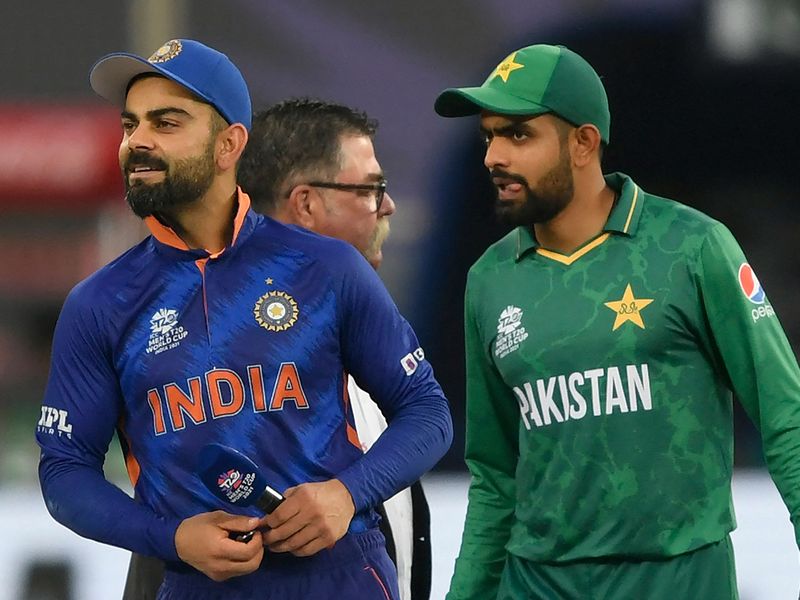
Kohli has a dismal record in winning the toss. In a bid to get that extra 10-15 runs, the Indian batters had to take the aerial route which did not get them the desired results. Though it cannot be attributed as a reason for the loss, the spin of the coin is becoming a big factor in the outcome of games. The wickets change a great deal under the dew and only three times teams batting first have won the match, twice by Afghanistan. Almost all the teams elect to bowl first after winning the toss, which gives them a big advantage while chasing. Kohli could not do much to alter this, but the team can show some intent that’s been missing a great deal in the last game against New Zealand.
All will be forgotten should India have a backdoor entry into the knockouts, from where it is all about keeping one’s nerves together. But should that not happen then the Indian cricket team will find itself in a similar spot of bother as they were after the 2007 50-over World Cup in the West Indies. The irony is former Indian captain Rahul Dravid who vacated his seat after bowing out of the league stage will now return after almost 15 years to start from where he left off, this time as a coach.








